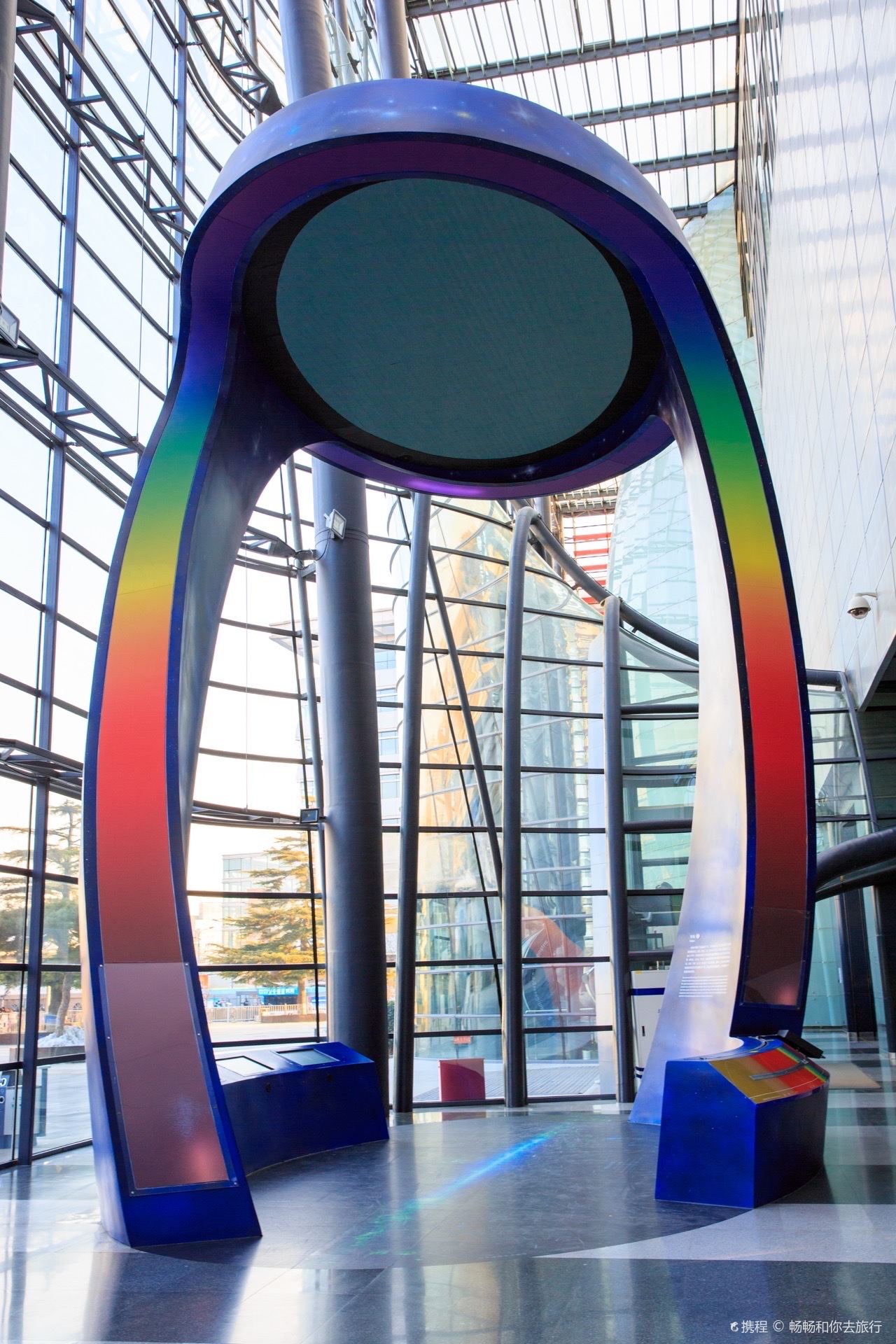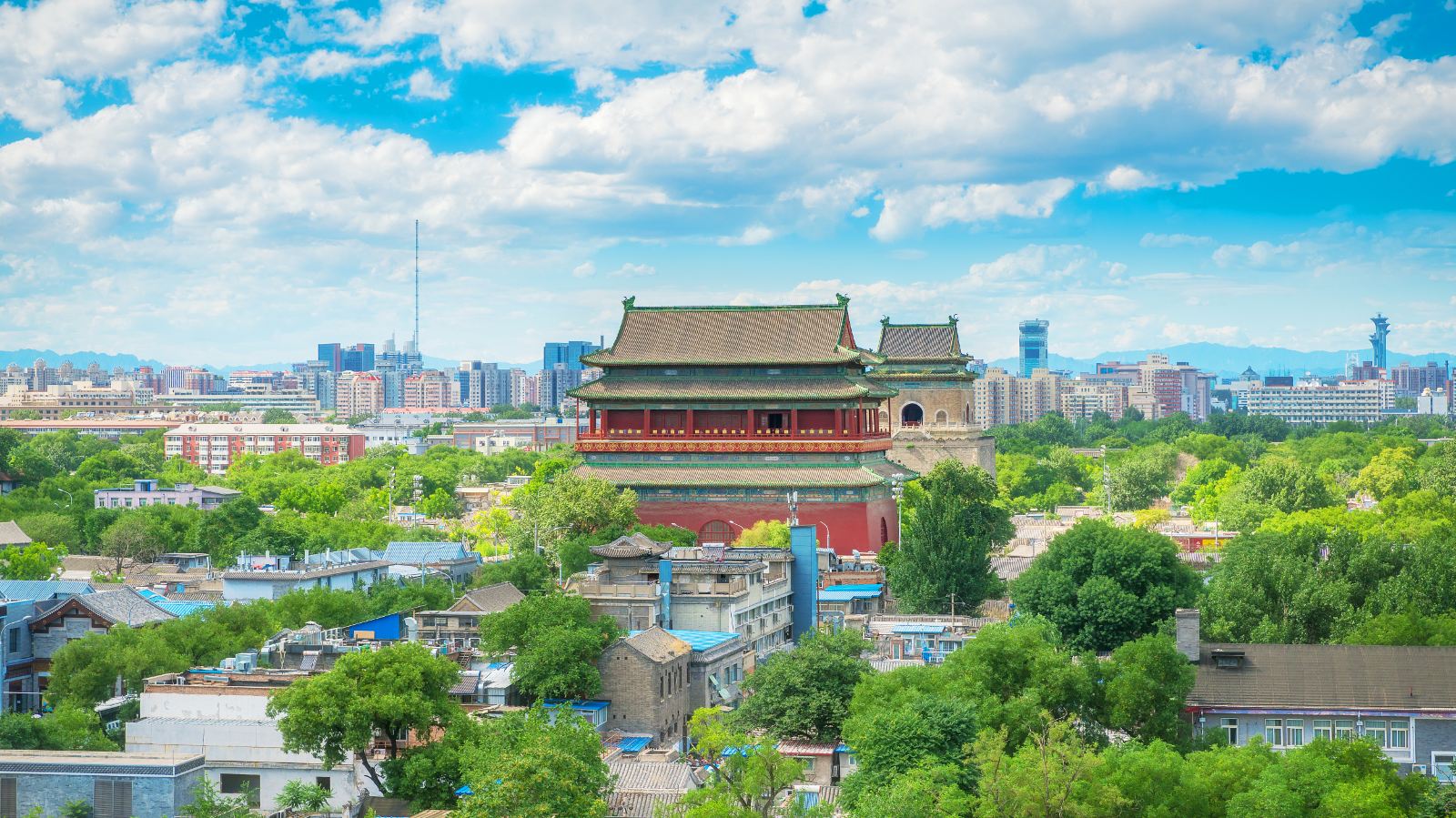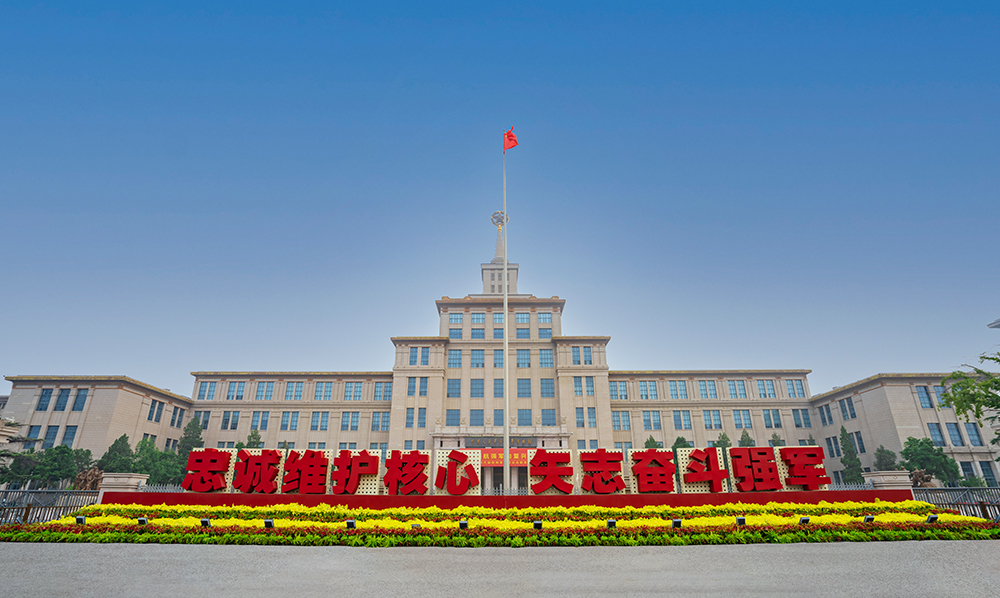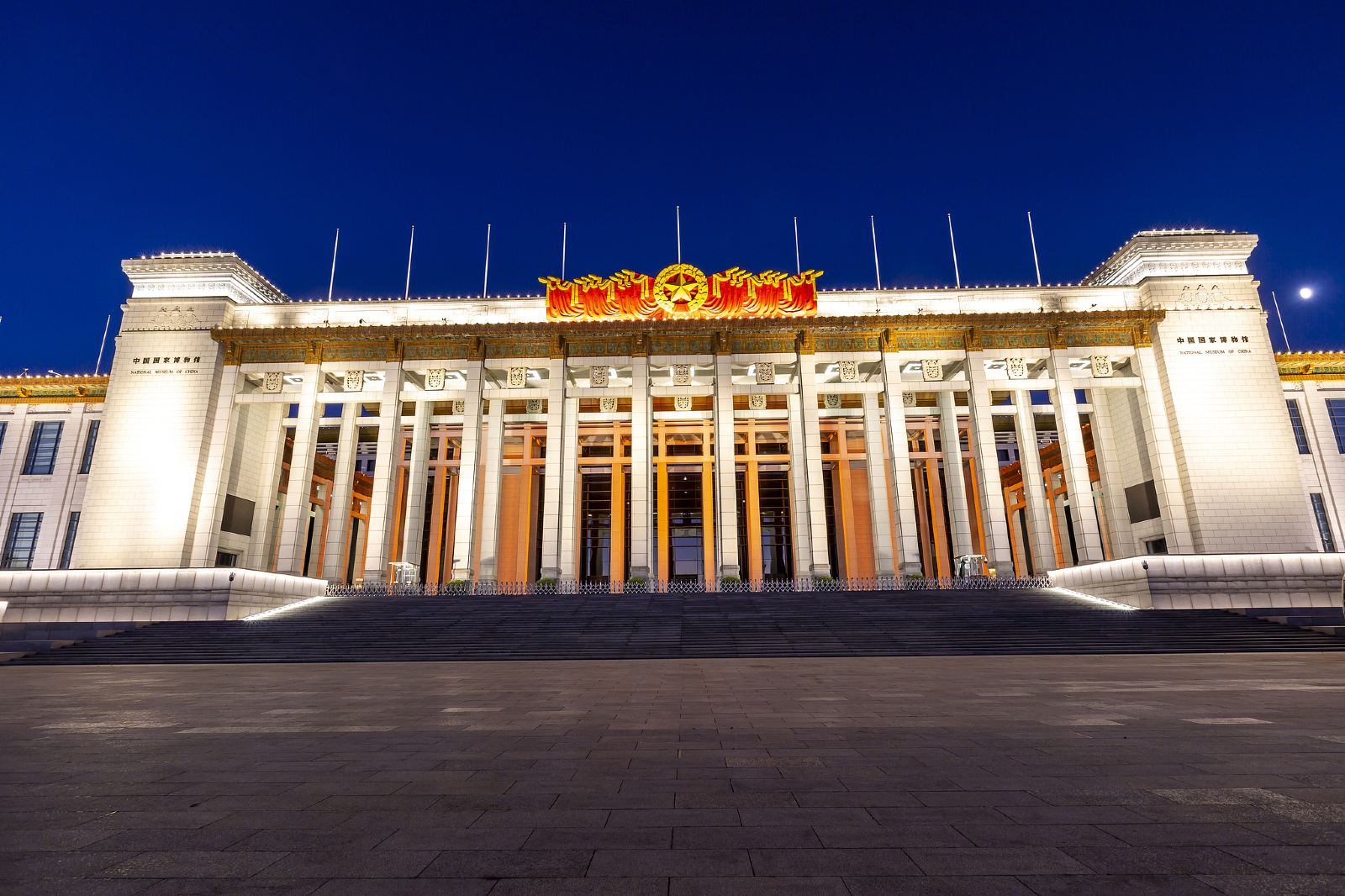China Beijing National Museum of Natural History
- Province/Area:Beijing
- Address:No. 126, Tianqiao South Street, Dongcheng District, Beijing
- Distance from the city center:2.4km
- Open time(Beijing time):09:00-17:00 (last admission 16:30)
- Ticket price: CNY
- Phone:86-010-67024431
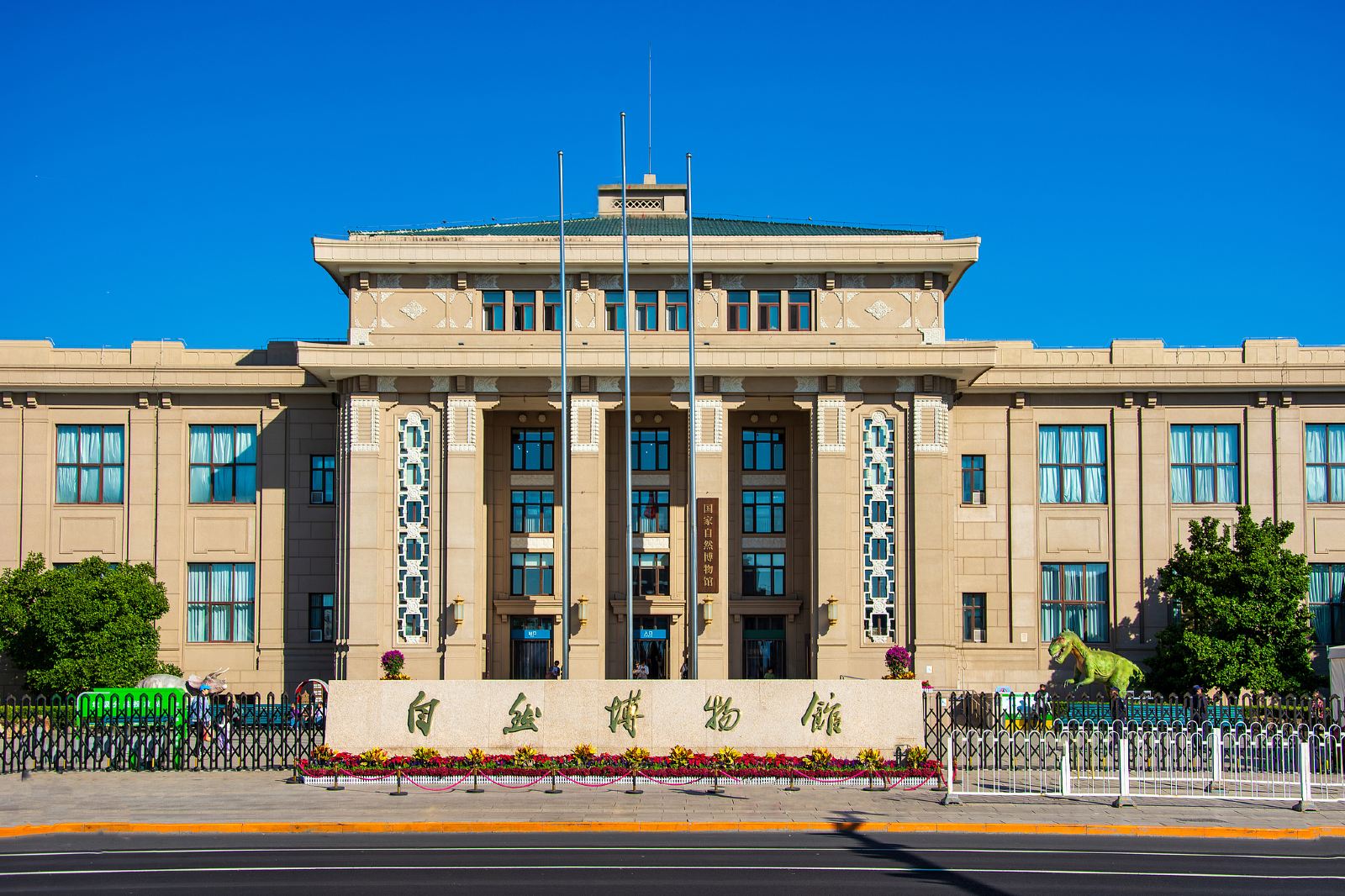
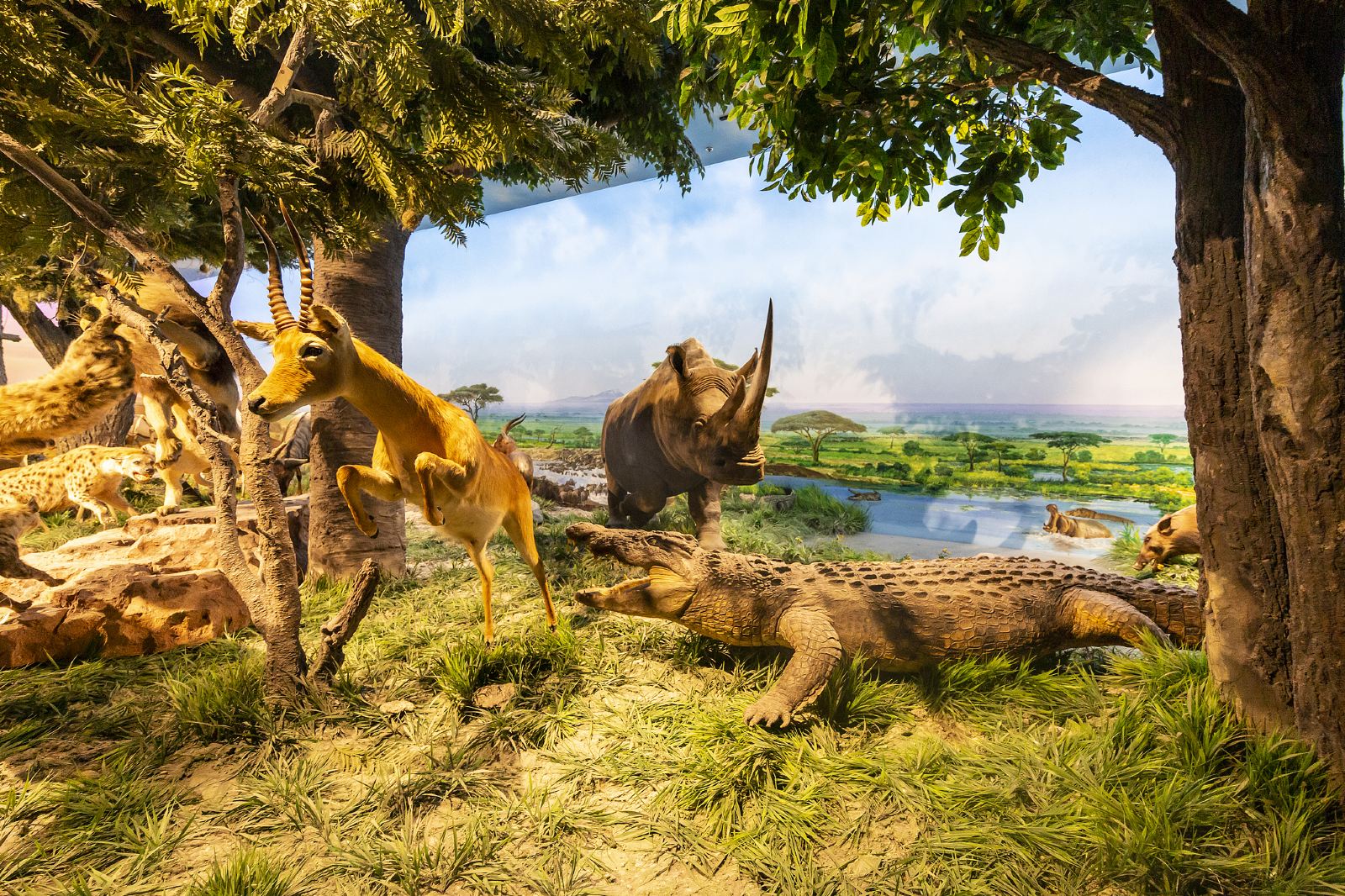
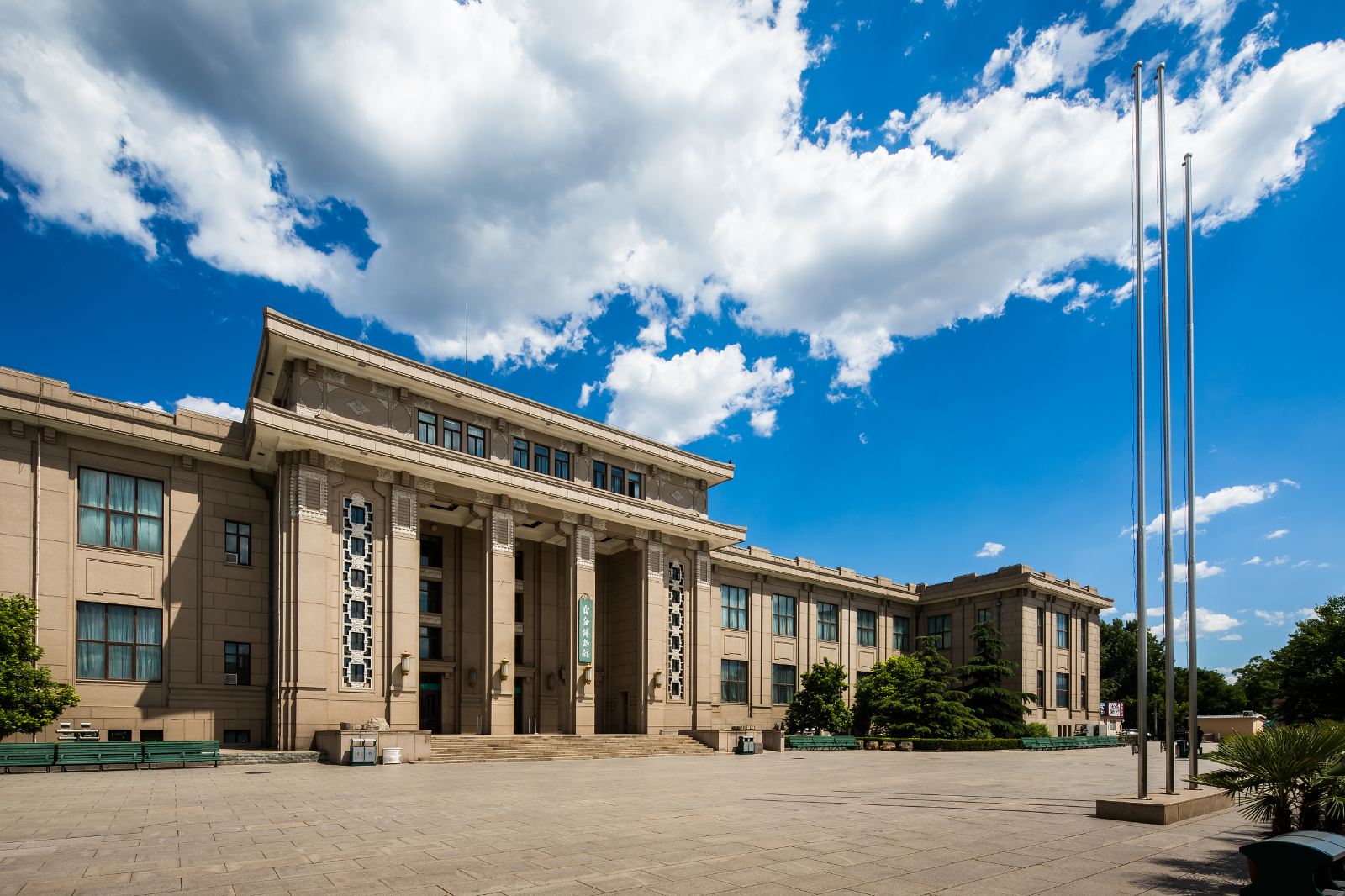
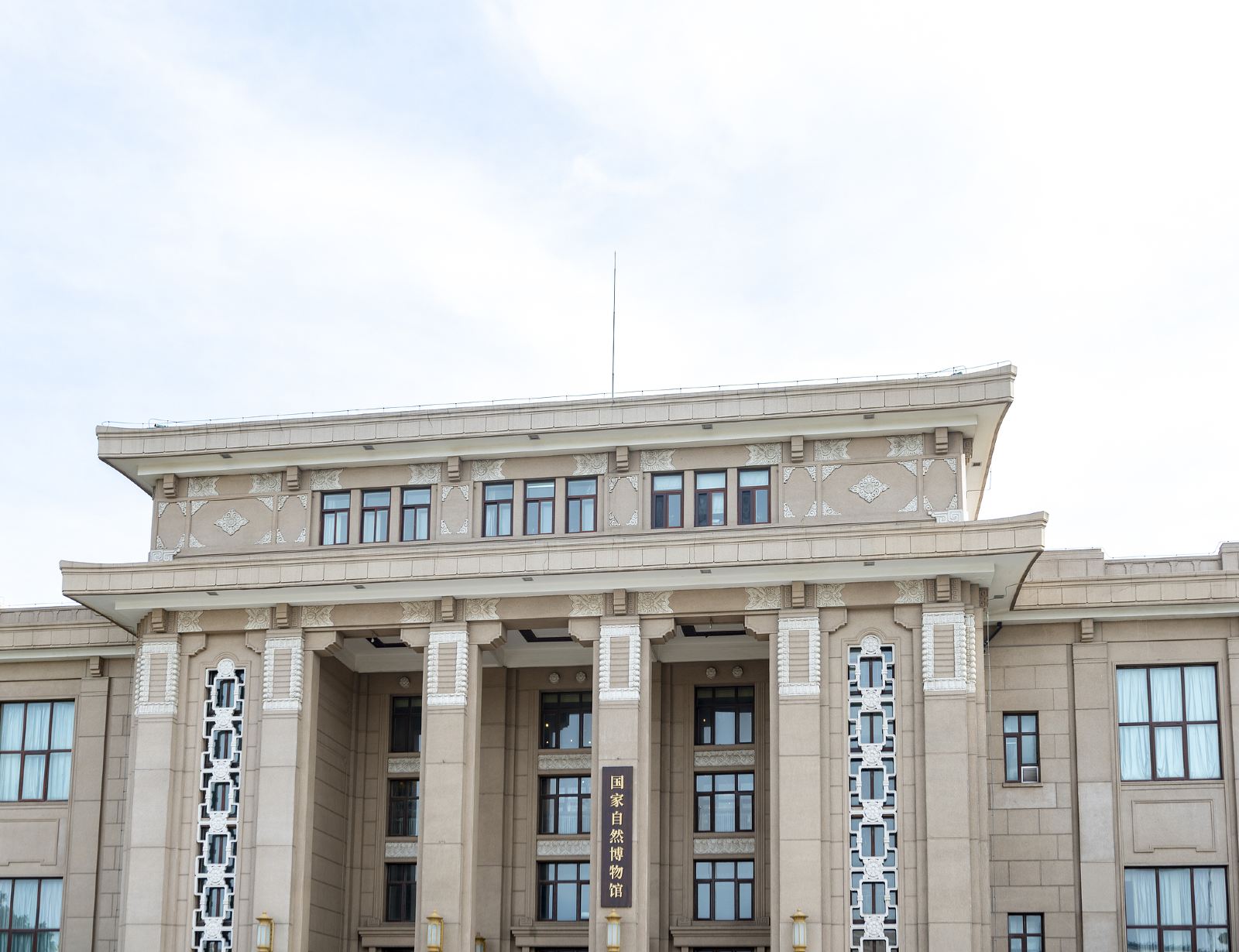
A visit to the Beijing Museum of Natural History will allow you to see a number of precious animal and plant fossils, including the fossilized skull of an ancient yellow river elephant, the giant mamensaurus, and the three-tower Chinese bird.Entering the Dinosaur Park inside the museum, you are surrounded by lifelike dinosaur models, as if you have entered the age of dinosaurs billions of years ago.The current basic displays in the museum include: “The Origin of Man,” “The Prosperity of Invertebrates,” “The Plant World,” “The Dinosaur Park,” “Ancient Mammals,” “Ancient Reptiles,” “The Magic of Africa,” and “The Discovery Corner.”Among them, the non-dinosaur park and the ancient reptile hall are the most attractive to tourists.In the Dinosaur Park, dozens of dinosaurs and their living scenes have been restored using advanced technical means. Here, visitors can see: the huge Emeisaurus hiding in the forest, the pterosaurs gliding in the sky, the Mamenisaurus twisting its python-like neck, and the fierce Yongchuanlong staring at the huge Emeisaurus, waiting for an opportunity to eat them as food.In the Paleoherpetological Hall, numerous dinosaur skeletons are on display, such as the first dinosaur discovered in China, the Xulong, the 26-meter-long Mamenichiraptor, the small and exquisite Microraptor, the flying pterosaurs, the marine plesiosaurs, and many more.In other basic displays, visitors can see many fossils of extinct animals and plants, as well as many specimens and model pictures of animals and plants, such as the ancient elephant of the Yellow River.Currently, the fossil of a seed plant (which lived 145 million years ago) иC the world’s first flower, the Liaoningia иC is on display. Visitors can learn about the origin, development and demise of life and experience the complex process of biological evolution.In the “Origin of the Human” exhibition hall, there are many specimens of human skeletons and organs, including the extremely rare preserved skeletons of “Lucy”, who lived 3.2 million years ago, the “Nariotom Boy” from 1.6 million years ago, and thethe skeleton of a Neanderthal.Visitors can gain an in-depth understanding of human anatomy here.If you are traveling with children, then the “Discovery Corner” in the museum is a must.Here, visitors can freely read popular science books; they can also give full rein to their imagination and draw what they have seen and heard in the Natural History Museum.In addition, the “Discovery Corner” offers various biological models for visitors to assemble themselves.The museum also has a free 4D theater that shows several science movies every day.The museum is free to enter, but you need to make a reservation in advance and then pick up your ticket to enter. You need to make a reservation at least one day in advance, and you cannot book tickets for the same day.
Related posts

